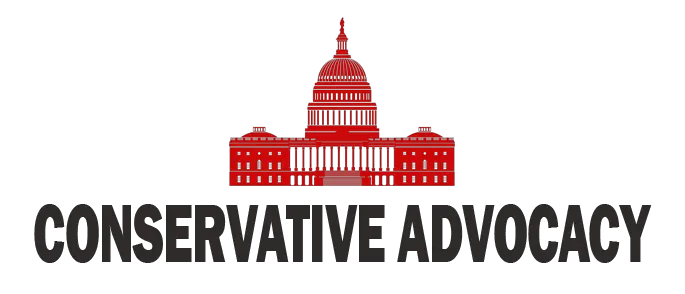In a scene reminiscent of a Hollywood disaster flick, the Pacific Palisades community is grappling with the aftermath of major wildfires that reduced thousands of homes to ashes and sent tens of thousands fleeing. But take heart, for the Environmental Protection Agency (EPA) under the sharp leadership of Administrator Lee Zeldin has rolled up its sleeves and is reportedly working around the clock to remove hazardous materials from this scorched landscape. It seems the EPA has gone from environmental oversight to the cleanup crew faster than one can say “climate change crisis.”
The wildfires in question became decidedly uncooperative on January 7th, when they erupted in the Palisades and quickly spread to Malibu. As if that wasn’t enough, the Eaton Fire flared up later that day, wreaking havoc in Pasadena and Altadena. With the scale of destruction in mind, it’s no wonder that locals feel a sense of urgency—especially since “Phase 1” of the cleanup involves disposing of dangerous materials like electric vehicle batteries and household cleaning supplies. Kudos to the EPA for taking on such a daunting task, which has conveniently been summarized in euphemistic terms like “working around the clock” instead of “cleaning up toxic waste.”
Thanks to some swift thinking from President Donald Trump and Zeldin, the timeline for the initial assessment and cleanup was reduced from a leisurely 90 days to a speedy 30-day mission. One can almost picture the team at the EPA trading in coffee breaks for overtime, fueled by the sheer determination to move forward faster than a liberal can flip-flop on policy. If only the agencies handling “Phase 2”—debris removal led by the Army Corps of Engineers—could operate with the same efficiency, since they initially anticipated an 18-month slog before tackling the mountain of rubble.
Major General Jason Kelly, a stalwart of timely operations, has pledged to do what so many government entities struggle to achieve: beat the clock. He expressed a desire to wrap up the process in under a year, a notion that would be laughed out of most bureaucracies but might have a fighting chance here. It should come as no surprise, though, that some politicians remain skeptical, particularly in blue states where the philosophy of “take your time, we’re not in a rush!” reigns supreme.
EPA 'Working Around the Clock' Cleaning Up LA Fires, Zeldin Says https://t.co/XNA8Vb6gds
— Bo Snerdley (@BoSnerdley) February 9, 2025
While Zeldin remains optimistic about restoring the community, Trump isn’t providing handouts without strings. A hint of drama emerged when the former president declared he would tie federal aid to significant policy shifts from Democrat Governor Gavin Newsom. Holding state officials accountable for their environmental policies is music to conservative ears, even if the left is busily stockpiling fainting couches in response.
In a fit of confidence rarely seen in the halls of government, Zeldin expressed faith in Trump’s leadership during these trying times. It would appear that practical solutions and a bit of accountability might just pave the way for real recovery in California. If Zeldin’s enthusiasm is indicative of the path ahead, residents can look forward to a brighter, more sustainable future—assuming California can finally learn to manage its forests and water resources without throwing money and red tape at the problem. Wildfires shouldn’t become the norm, and with the current approach, there’s hope they won’t be.




